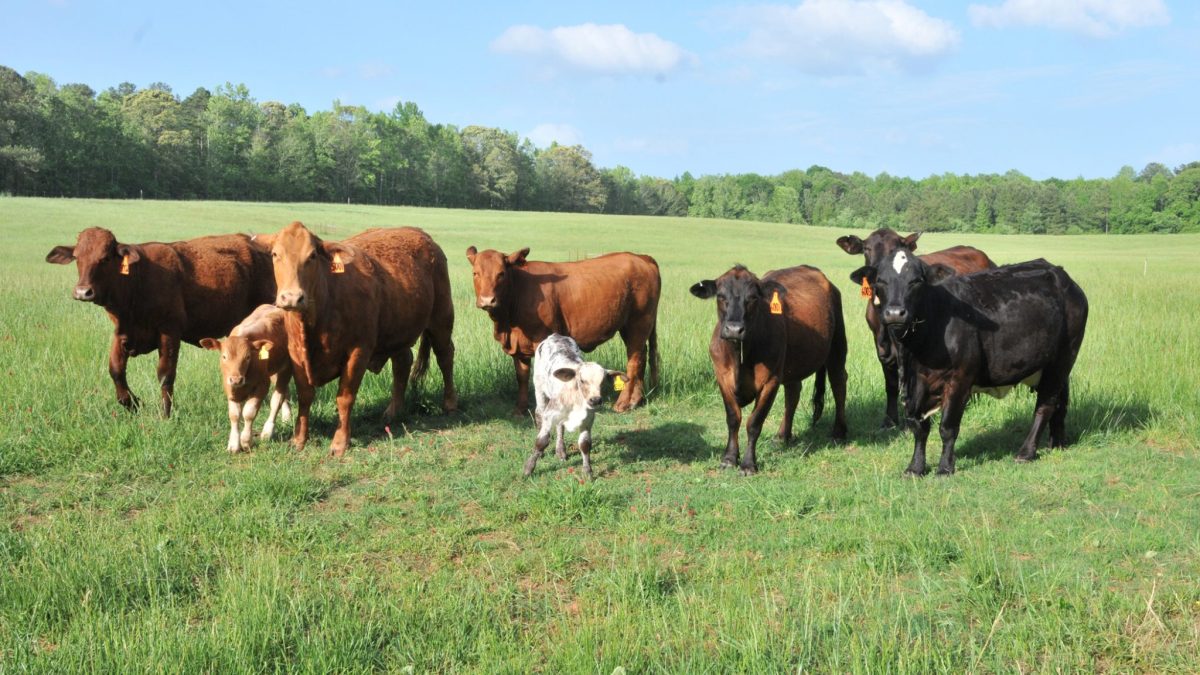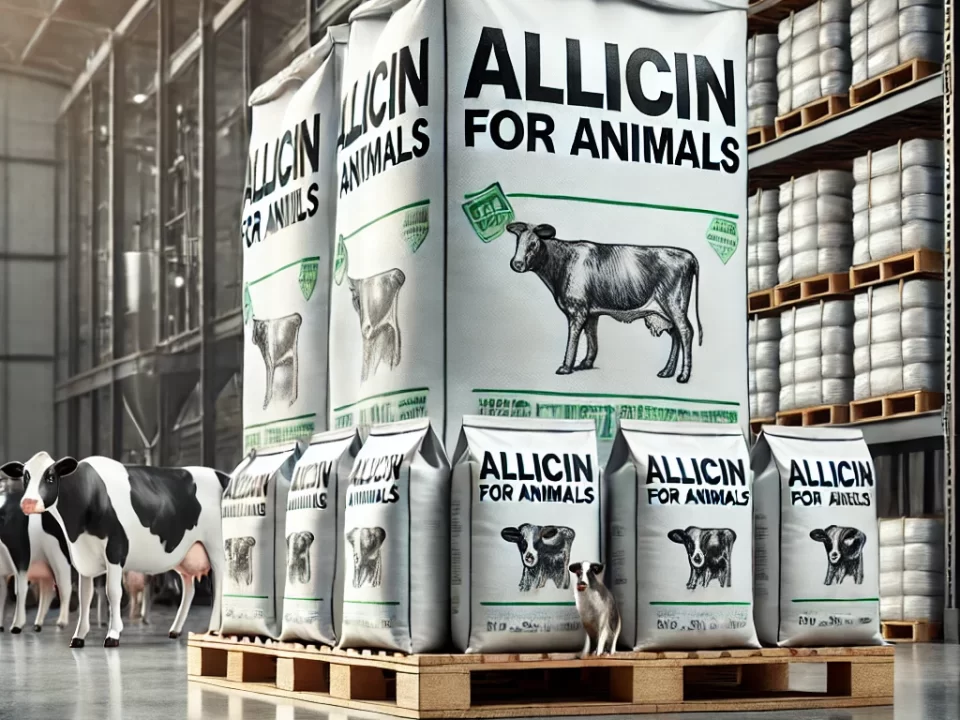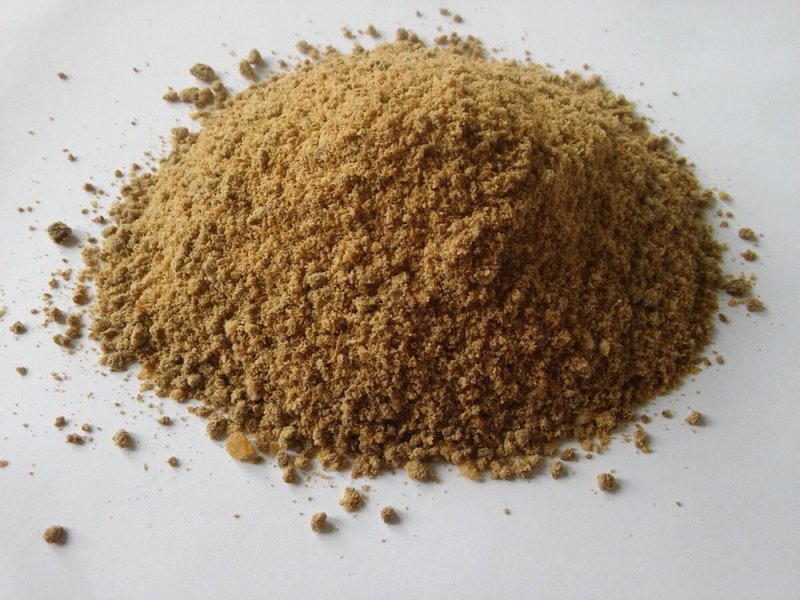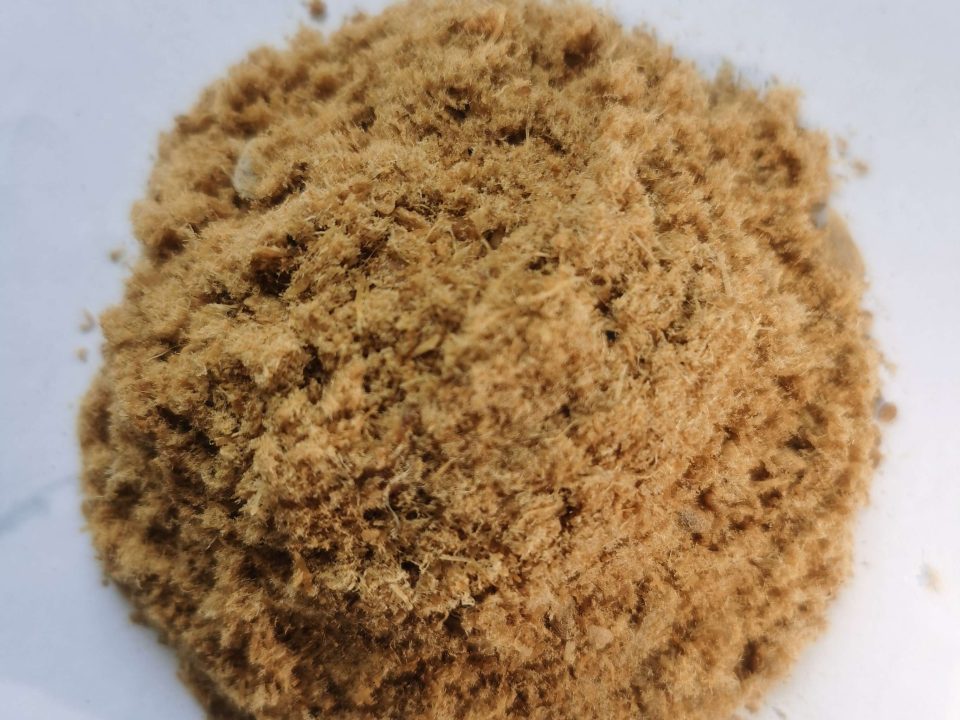2025 Soybean Meal Demand Assessment.

Corn Gluten Feed-Composition and Feeding Value for Beef and Dairy Cattle
September 30, 2024
FISH OIL
October 15, 2024Introduction
Soybean meal is a crucial protein ingredient used primarily as animal feed worldwide. Manufactured by removing oil from soybeans in processing plants, soybean meal contains approximately 47-49% protein and serves as the most widely used and affordable plant-based protein source globally. This report analyzes key demand determinants and forecasts growth in key markets through 2025 to better understand supply and pricing implications for the soybean meal industry.
Global Demand Drivers
Rising global meat consumption tied to growing population and incomes drives the demand for high-protein animal feed. The UN Food and Agriculture Organization (FAO) projects total meat consumption to rise 15% from 2015-2025, led by developing nations. As populations in Asia, Africa and Latin America consume more meat, demand will increase for soybean meal used to feed poultry, swine and cattle. Transportation infrastructure expansion also supports feed market efficiencies.
Regional Demand Analysis
East Asia: Home to over half the world’s pig and broiler populations, China is the top soybean meal importer and its demand is forecast to remain resilient as protein consumption grows. By 2025, Chinese imports may reach 100 million tons.
Latin America: Led by Brazil and Argentina, rapid expansion of efficient livestock and poultry production will drive sustained import growth for the region’s meal needs as available cropland is directed towards human foods over feed crops. Imports could rise 10% by 2025.
European Union: While self-sufficient in soybeans, EU demand is anticipated to rise 2% annually to 45 million tons by 2025 with consumption of poultry and pork on the rise, requiring sizable imports to supplement local supply.
North America: With a mature livestock sector and sizeable soybean crushing capacity, North American needs are expected to increase marginally to 105 million tons by 2025, relying on strong exports to Asian markets.
Sub-Saharan Africa: Offering opportunities as incomes rise and populations settle into cities. However, current imports of 6 million tons are restricted by poor infrastructure and handling limitations.
Demand Projections
Table 1 summarizes the global demand outlook based on regional protein consumption forecasts from the FAO and analyst projections specific to soybean meal use per each animal sector. Total worldwide use should reach a record 340 million tons by 2025 with developing regions such as East/Southeast Asia and Latin America driving 4% average annual growth through more intensive livestock/poultry integration.
Table 1. Global Soybean Meal Demand Projections (million tons)
Region 2020 2021 2022 2023 2024 2025
East Asia 165 170 175 180 185 190
Latin America 55 57 59 61 63 65
European Union 42 43 44 45 46 47
North America 100 102 103 105 106 107
Middle East 15 16 16 17 17 18
Africa 10 11 11 12 12 13
Total 387 399 408 420 429 440
Challenges and Opportunities
Factors such as protein ration balancing with meat industry byproducts, local grain substitutions, African swine fever impacts in Asia, and meal imports to the EU from new production zones like Brazil and Ukraine introduce uncertainties. Conversely, emerging feed demands from alternative proteins, petfoods and aquaculture present offsetting opportunities. Overall global feed demands will afford steady market access for competitive soybean processors supplying high quality meal worldwide.
Table 1. Annual Meat Consumption Per Capita by Region (kilograms)
Region 2020 2025
East/Southeast Asia 35 40
Latin America 80 85
Europe 80 82
North America 120 123
Middle East 55 60
Sub-Saharan Africa 15 18
As diets include greater poultry/pork in Asia and red meats elsewhere, regional consumption patterns shift soybean meal trade flows to satisfy demand.
Intensive Livestock Production Growth
Meanwhile, Table 2 summarizes projections through 2025 for intensive production aided by more efficient animal integrations from the International Feed Industry Federation:
Table 2. Projected Global Meat Production by Species (million tons)
Species 2020 2025
Broilers 120 140
Layers 80 90
Swine 120 135
Cattle/Calves 280 305
Aquaculture 100 120
Especially in emerging nations, integrated systems relying on abundant, affordable feedstuffs like soybean meal underpin rising output capacities.
Regional Demand Drivers
Table 3 forecasts soybean meal demand growth by region considering consumption trends, production capacities and trade patterns:
Table 3. Soybean Meal Demand by Region (million tons)
Region 2020 2025
East Asia 165 190
Latin America 55 65
European Union 42 47
North America 100 107
Middle East 15 18
Sub-Saharan Africa 10 13
Total 387 440
Led by China and pig/poultry growth in SE Asia, developing regions account for over 75% of the 17% increase in global demand through 2025.
Supply/Demand Outlook
Based on expected harvests, crushing capacity investments and average yields, the world’s soybean supply is projected sufficient to satisfy growing meal needs at reasonable prices. Table 4 summarizes:
Table 4. Global Soybean Balance Sheet (million tons)
Item 2020-21 2024-25
Production 360 385
Consumption (meal/oil) 345 365
Crush Margin 15 20
Ending Stocks 35 40
Bumper crops, expanded crushing infrastructure and meal trade will maintain balance between demand and supply through 2025.
Conclusion
Robust rises in meat and protein consumption across the developing world are fueling concomitant growth in the soybean meal trade supporting the animal agriculture sector. While uncertainties remain, favorable demand trends projecting over 4% annual increases through 2025 bode well for sustained soy processing capacity expansion and meal trade flows from efficient production zones in the Americas, Europe and Asia. Continuous feed industry innovations and affordability will guarantee soybean meal maintains its status as the animal protein foundation worldwide for decades to come.






